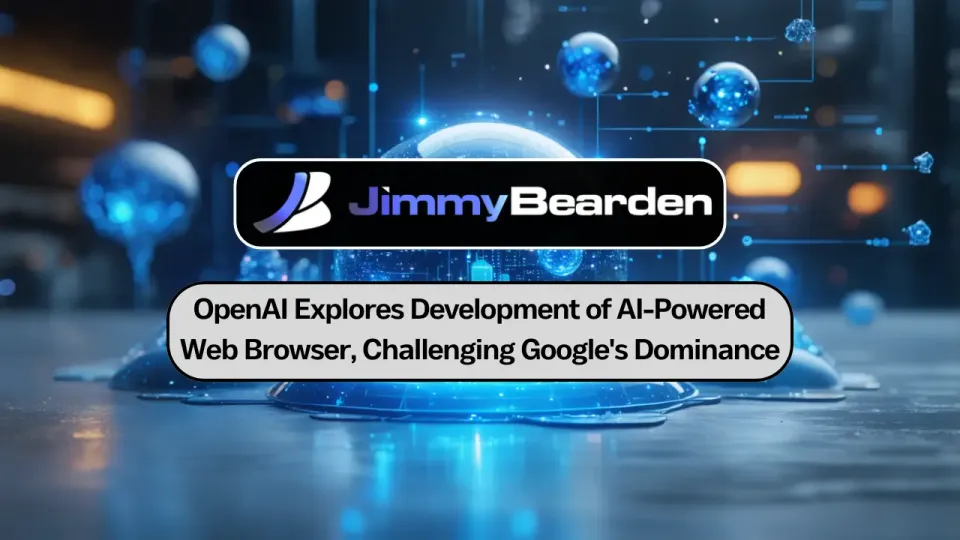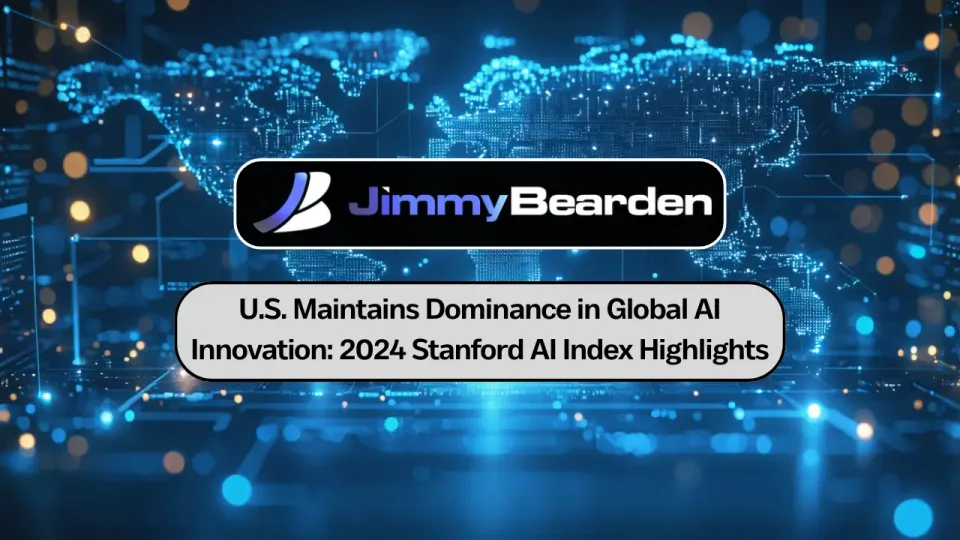OpenAI's Pivot: From Open-Source to Profit-Driven AI Powerhouse

OpenAI's Dramatic Shift: Balancing Profit and Innovation
OpenAI, once known for its commitment to open-source artificial intelligence research, is undergoing a significant transformation that could reshape the landscape of AI development. As the company considers transitioning to a more traditional for-profit model, it faces both exciting opportunities and daunting challenges. This shift comes at a time when OpenAI is projecting substantial financial losses but also anticipating explosive revenue growth in the coming years.
The most notable change on the horizon is OpenAI's potential move towards a for-profit structure. This transition aims to simplify investor relations and provide liquidity for employees, addressing some of the complexities that have arisen from its current hybrid model. However, the company emphasizes that it will retain a nonprofit component, which it views as core to its mission. This delicate balance between profit-driven growth and ethical AI development will be crucial to watch as OpenAI navigates its new direction.
Financial Projections and Funding Ambitions
Despite projecting a staggering $5 billion loss for 2024, OpenAI's financial outlook remains optimistic. The company anticipates rapid revenue growth, with estimates reaching $11.6 billion by 2025 and an ambitious target of $100 billion by 2029. To fuel this growth and cover operational costs, OpenAI is in the process of raising between $6.5 billion to $7 billion in a new funding round. This round, led by Thrive Capital and potentially including tech giants like Microsoft and Nvidia, could value the company at over $150 billion.
The substantial funding round reflects investor confidence in OpenAI's potential, but it also raises questions about the company's ability to balance its original mission with the demands of financial backers. The removal of the current cap on investor profits is a clear indication of OpenAI's efforts to make itself more attractive to financial supporters, potentially shifting priorities in the process.
Leadership Challenges and Talent Retention
Amidst these structural and financial changes, OpenAI is grappling with significant leadership challenges. The departure of Chief Technology Officer Mira Murati marks a notable loss for the company, and reports of her efforts to recruit current OpenAI employees for her next venture add to the company's retention woes. This exodus of talent, combined with employees leaving for a startup created by OpenAI co-founder Ilya Sutskever, underscores the competitive nature of the AI industry and the value placed on top-tier AI researchers and engineers.
However, OpenAI is not standing still in the face of these challenges. The recruitment of Sebastien Bubeck, Microsoft's former vice president of generative AI research, demonstrates the company's continued ability to attract high-caliber talent. As OpenAI navigates its transition, maintaining a strong leadership team and retaining key employees will be critical to its success and ability to deliver on its ambitious projections.
"Joining this community has been a game-changer for staying updated on the latest trends & events!" - John B.





